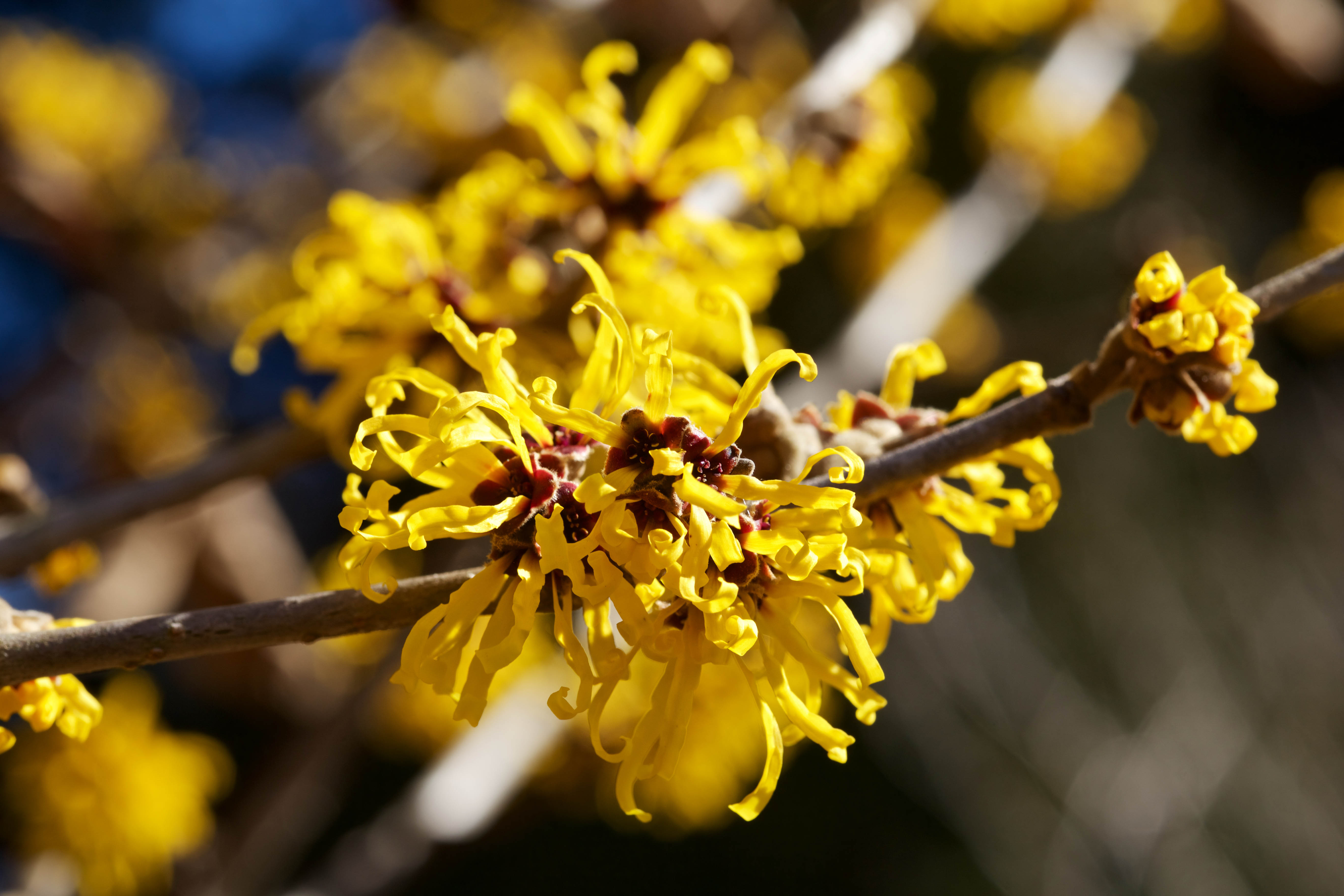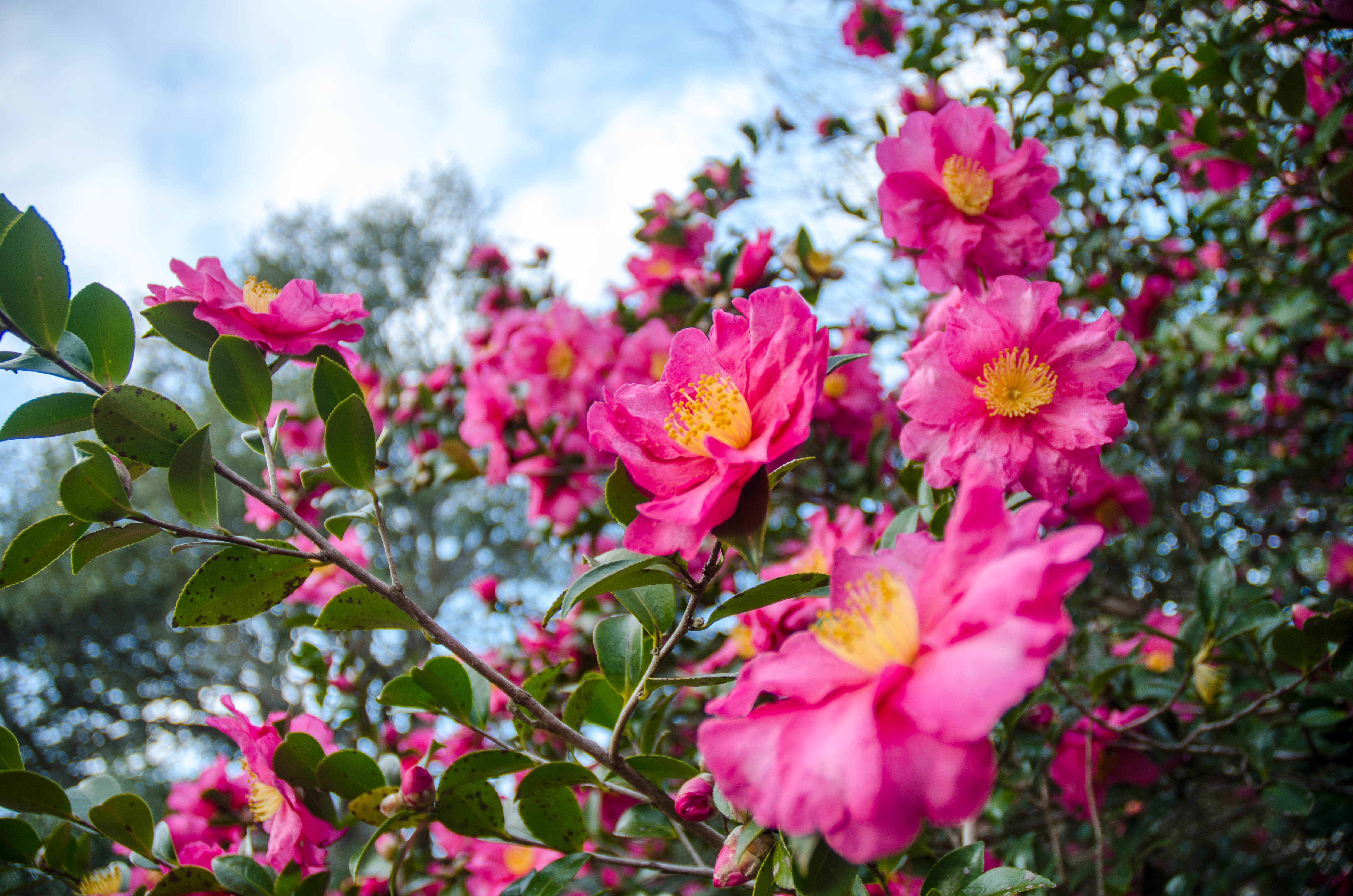7 Great Annual Flowers You’ve Probably Never Heard Of
Looking to add some new flowers to your garden? Try any of these seven annual flowers to add a new twist to your annual garden.
Many of these first-bloomers don’t bloom for long, but because of when they bloom – and how so little else is blooming when they do – they’re worth considering for your yard.

These little white, bell-shaped, hanging bulb flowers are so cold-tough that they’re often up and blooming in February as soon as melting snow uncovers them.
Plant them in October, four to six inches apart in a mass where you can see them out a favorite window.

Another small and very early little bulb, winter aconite hugs the ground to produce a mat of gold cup-shaped flowers, usually in late February to early March.
Plant them in October, four to six inches apart in a mass where you can see them out a favorite window.

Daffodils are among the earliest of the mainstream bulbs to flower, but a few short-statured versions of them beat most everything else to the punch.
Check out gold-blooming six-inchers such as ‘Tete-e-Tete,’ ‘February Gold,’ and ‘Rijnveld’s Early Sensation’ for some of the best “first responders.”
Daffodils seldom run into animal troubles and usually spread with age instead of dying out, as some bulbs do.”

Sometimes sold by their botanical name of Helleborus, the Lenten rose is a super-cold-hardy perennial flower that not only stays green through most winters but opens its hanging white, pink, or rose flowers way earlier than any other perennial.
They also offer the benefit of doing well in dry shade and root competition. And being toxic when eaten, they aren’t a target of deer, bunnies, or groundhogs either.

These old-fashioned landscape staples might only flower for two weeks and then look like rangy, unkempt bushes the rest of the year, but those flowers are plentiful, bright gold, and come at a time when we’re just about to turn the corner into better weather.
Plant them in the background so they stand out when the foreground is still sleeping, then fade away as other plants come to life. Dwarf varieties are available if you want something more compact than the traditional eight- to 10-footers.

These small trees (or tall bushes, depending on your perspective) are some of the earliest woody plants to get going, opening their spidery red, orange, or yellow flowers in winter’s waning weeks even before the leaves appear.
Some types are native, and most of them add the dimension of brilliant fall foliage to the super-early flowers.

Few people know this small member of the dogwood family – one that blooms yellow in March instead of the more familiar white- or pink-blooming May favorite.
Cornelian cherry dogwoods are slow and trouble-free growers, and they put out edible (though sour) cherry-like red fruits in fall.

These two types of magnolia trees are two other early-blooming trees.
Star magnolias are small (12-15 feet) and bloom white or light pink in March, while the saucer magnolia is a bigger shade tree (25 feet tall and wide or more) that blooms heavily in a blend of lavender-pink and white, also in March. Neither are deer favorites.

Camellias are popular Southern small trees with glossy, evergreen leaves and pink, red, or white rose-like flowers, but gardeners even in Zone 6 can grow some of the cold-hardier types, such as the April or Winter’s series or a white-bloomer called ‘Snow Flurry.’
Plants grow best in acidic soil in a partly shaded, wind-protected area.

One of the earliest bloomers in the azalea/rhododendron family is this commonly available variety with the magenta-purple flowers in late winter.
PJM rhododendrons look more like small-leafed azaleas than the big-leafed rhododendrons that flower in May, and they also offer some decent maroon fall foliage.